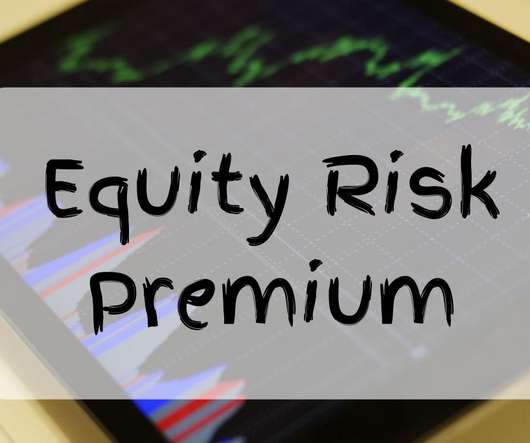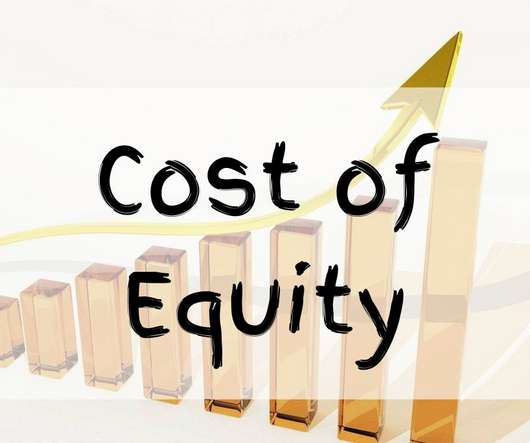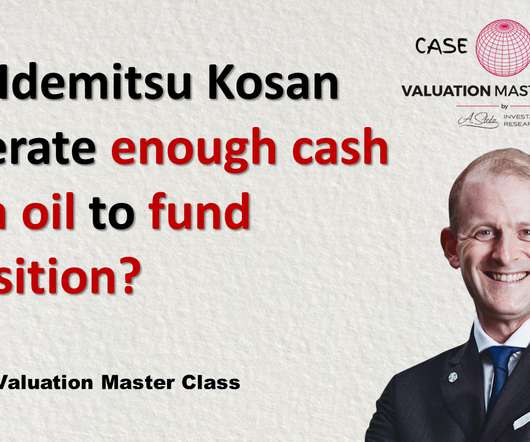What Is Equity Risk Premium?
Andrew Stolz
AUGUST 4, 2020
Dividends . Risk-free rate: The risk-free rate is the government bonds yield; therefore, it is strongly influenced by the inflation rate. Additional factors that influence the risk-free rate are macroeconomic factors, monetary policies, external and structural factors.













Let's personalize your content